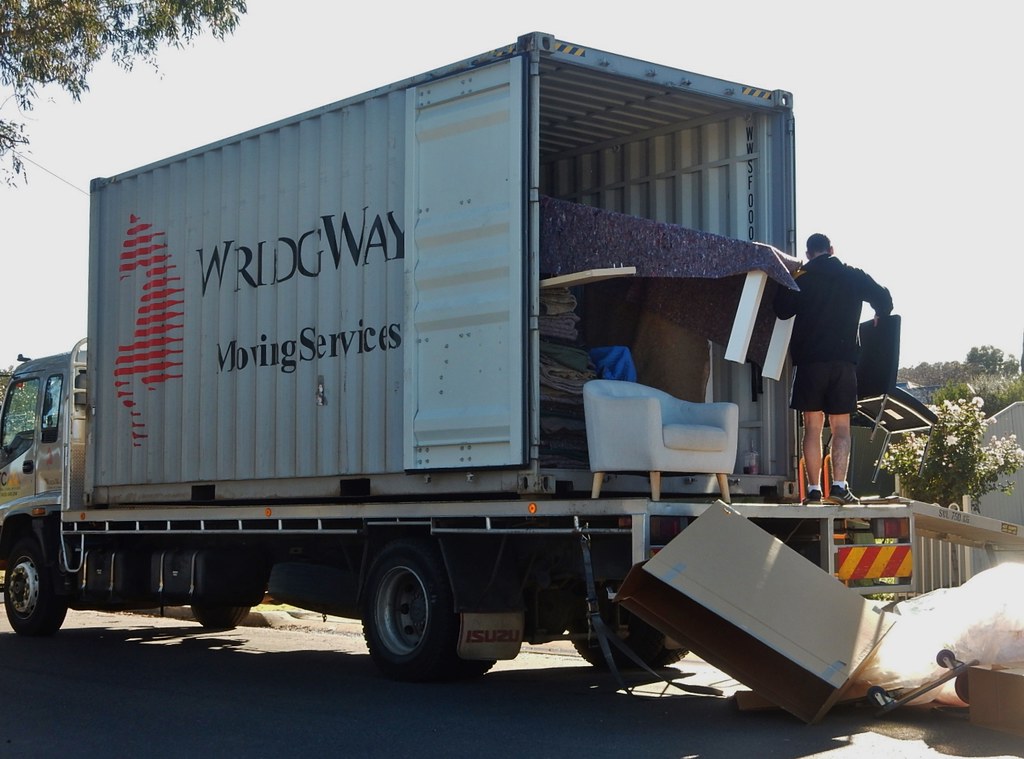10 Steps for Planning an Office Relocation Without the Stress
Relocating to a new office space is undoubtedly one of the most exciting changes to make, but the process can be equally overwhelming. However, most challenging or unsuccessful moves occur due to poor planning. Here are eight foolproof tips to guarantee a stress-free transition.
1. Book movers early.
When it comes to relocating, if you don’t start early, you are already behind. Unless this is a sudden, unexpected move, you should begin planning at least two months ahead of time. Why? According to this commercial moving service in Tampa, it can take several months to coordinate all the logistics for a streamlined office move. Typically, a moving company representative will visit your office to take inventory of everything that needs to be moved. Then, they’ll come up with a plan to ensure your company experiences a smooth transition with as little downtime as possible. Coordinating this effort can take a lot of planning and moving services get booked up weeks in advance, so make sure you book your movers early!
2. Visit the new office space.
While this may seem like a given, be sure to visit the property a couple of times before making a final decision. Educate yourself about the neighborhood and surrounding areas to ensure that this new space will benefit both you and your company as a whole.
3. Set a move-in date.
As eager as you may be to get settled into your new place, getting too ahead of yourself can lead to a messy transition. When it comes to setting a date, it is wise to be strategic and allow enough time to get all of your ducks in a row. Avoid planning on any high-volume workdays or events.
4. Begin switching your addresses.
Don’t wait until your big day to alert others of your transition. Submit a change of address form, send out a mass email, and update your website to reflect this upcoming change.
5. Get the easy stuff out of the way.
As your move-in date approaches, your team can begin packing up the small items that can fit inside of their vehicles. The storage closet full of unused supplies and equipment can go first as well as the other nonessential items that aren’t needed in the near future.
6. Have your staff analyze the space.
When working with one set of eyes, it can be easy to allow something to fall through the cracks. Enlisting a team of employees to scope out the scene and provide valuable input will help to make sure that nothing goes unnoticed. It will also allow everyone a chance to pick their designated work areas so that there won’t be any conflicts on the day of.
7. Get the utilities turned on.
Phone all of your providers at least two weeks in advance to allow enough time for a guaranteed transfer. Go down the list to make sure that you have contacted the companies that manage your electricity, internet, water, insurance, and all other necessities.
8. Move half of your team first.
You can’t afford to spend hours getting settled in only to find that something isn’t working correctly. To prevent havoc, move a group of employees to the new building to test the grounds.
The key to a favorable office relocation is to work up to your deadline instead of cramming everything in at the last minute. Devise a checklist, elect a head planner, and remember that there is no such thing as “too early”.
9. Make sure you update your marketing assets.
When you move to a new office, make sure you update all your marketing assets to reflect the new address. It can include business cards, stationery, stamps, envelopes, brochures, signage, and more. Got a billboard on the highway? Ensure that gets updated, or your customers will be confused when they arrive at the wrong location. Make sure you also update online assets like the company’s website and your email signature. You should also contact Google to make sure your online listing is updated as soon as possible. When your address is everywhere, it’s easy to overlook things, so make sure you do a thorough sweep of your marketing products. Even novelty products like pens and lanyards with the old address should be changed.
10. Review your current building lease.
Before you move to a new location, make sure you review your current lease to ensure that everything’s in order, and you won’t be surprised by any fees or legal issues when you leave. Make sure you’re not breaking the lease before the contracted agreement – or if you are, make sure you paid any necessary fees before you start the move to a new location. Talk with your landlord and see if anything might cause you not to receive your deposit. If you don’t leave the building in tip-top shape, you might find yourself dealing with extra fees or even the threat of a lawsuit. That isn’t just damaging to your wallet – it’s also detrimental to the reputation your company has cultivated over the years.







